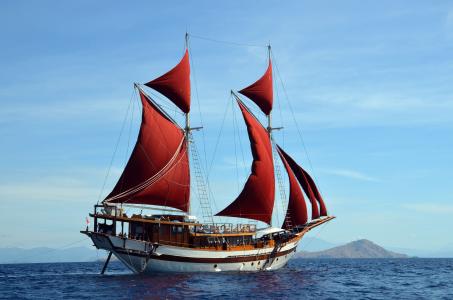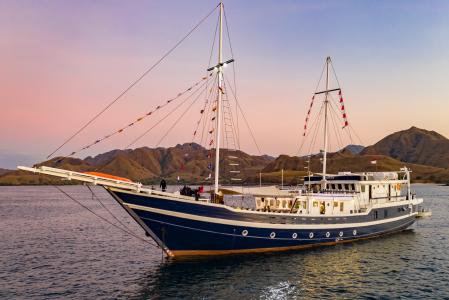
Sumbawa Liveaboard Diving
60% of divers returns to us
Best Sumbawa Liveaboards
Sumbawa Liveaboard Deals
Handpicked Sumbawa Liveaboard Collections
Scuba Diving in Sumbawa
Located in the Lesser Sunda Islands of Indonesia, Sumbawa is a hidden gem for divers seeking a captivating underwater adventure. With its diverse marine ecosystem and stunning underwater landscapes, this island offers a glimpse into a world of natural wonders beneath the surface. Diving in Sumbawa unveils an array of marine creatures that call these waters home. Colorful coral reefs serve as a habitat for a rich variety of tropical fish, including angelfish, butterflyfish, and surgeonfish. Exploring the vibrant coral gardens reveals a tapestry of colors and shapes, where small crustaceans and delicate sea anemones thrive. Beyond the coral reefs, encounters with larger marine species are also possible in Sumbawa. Reef sharks patrol the depths, while sea turtles gracefully glide through the waters. The lucky observer may even witness the breathtaking sight of manta rays gracefully soaring through the currents, their majestic presence adding a touch of awe to every dive. Steep walls covered in vibrant corals descend into the deep blue, providing a dramatic backdrop for divers. Underwater pinnacles and ridges create fascinating habitats, attracting an abundance of marine life. Muck diving enthusiasts will also find joy in discovering the unique critters that reside in the sandy bottoms and seagrass beds
When To Go Diving in Sumbawa
The best time for diving in Sumbawa is generally during the dry season, which spans from April to November. During this period, the weather is typically more stable, with calmer seas and better visibility underwater. However, diving is possible year-round in Sumbawa, and each season has its own unique charm. The water temperature in Sumbawa remains warm throughout the year, ranging from around 27 to 30 °C (81 to 86°F). This pleasant temperature allows for comfortable diving without the need for thick wetsuits. It is recommended to wear a thin wetsuit or a rash guard for sun protection and to prevent minor stings from marine organisms

















